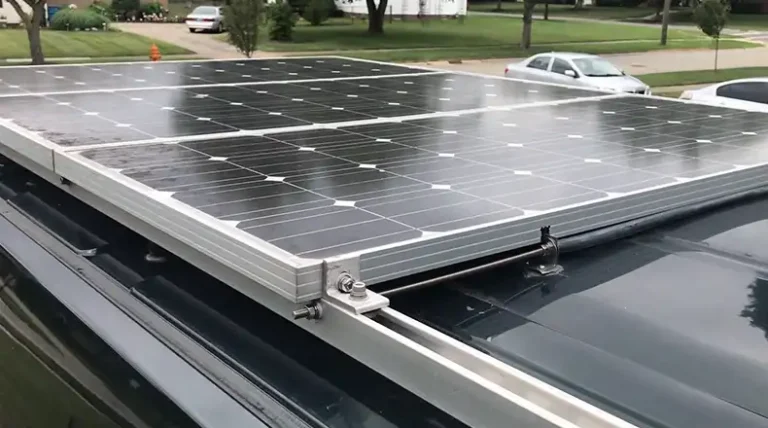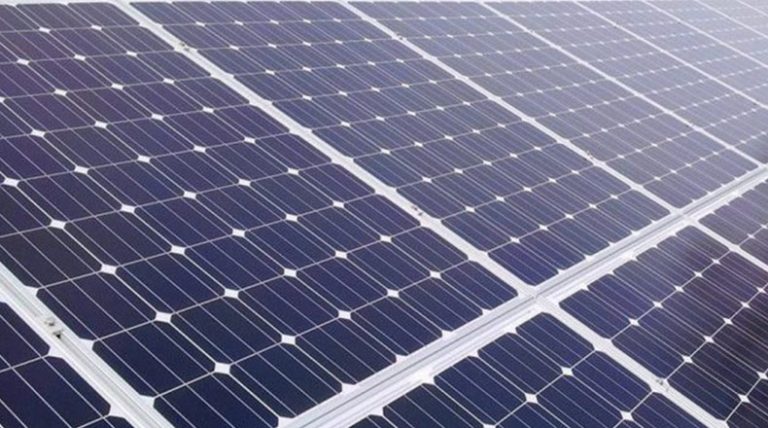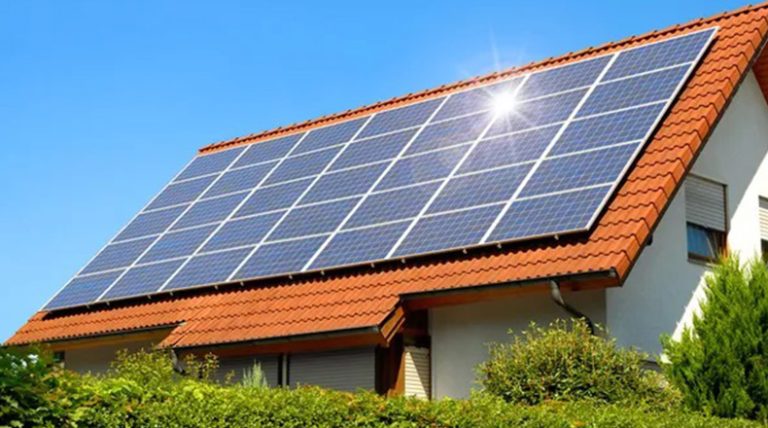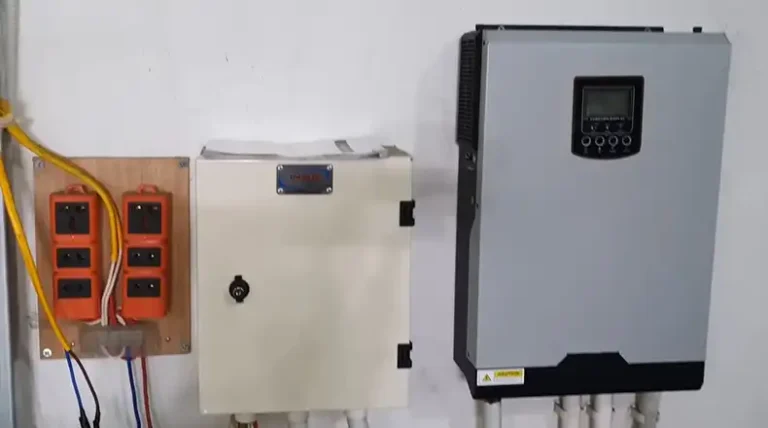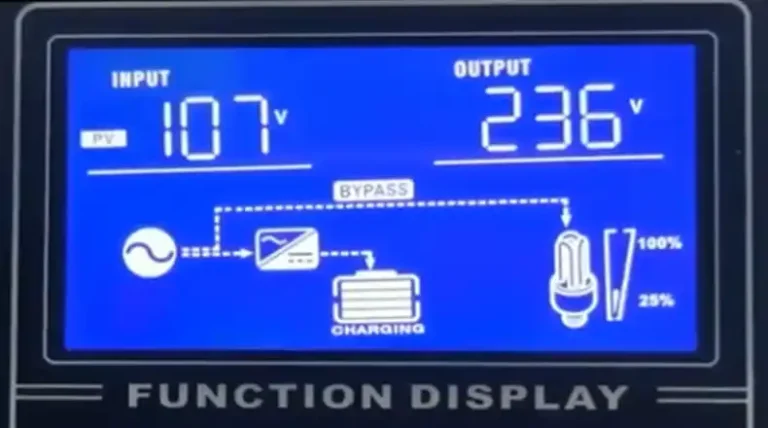How Much Power Does a 4.5kW Solar System Produce? How I Calculate
The world is facing a major energy crisis, with fossil fuels becoming increasingly scarce and expensive. Solar energy is a renewable energy source that can help to alleviate this crisis. However, many people are unsure about how much power a solar system can produce.
A 4.5 kW solar system can produce a significant amount of power, depending on the amount of sunlight it receives. In general, a 4.5 kW solar system can produce between 15,000 and 22,500 Wh (15kW-22.5kW) of energy per day. This is enough to power a typical household for an entire day.
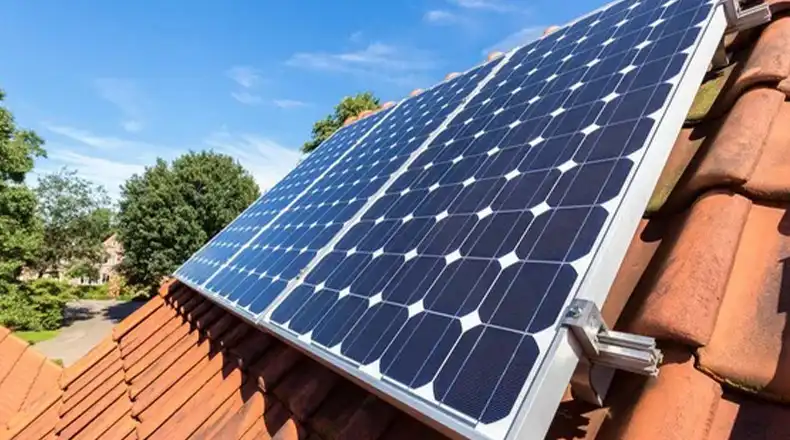
The Amount of Power Can be Produced by a 4.5 kW Solar System
Let’s get straight to the point. A 4.5 kW solar system is a potent renewable energy solution. But what does that really mean? In simple terms, a 4.5 kW solar system can produce around 4,500 watts of power under ideal conditions. However, these conditions are not always a reality, so your actual energy production may vary.
To put it in perspective, a 4.5 kW solar system can generate approximately 16-20 kWh (kilowatt-hours) of electricity per day, depending on factors like location, weather, and system efficiency. Over a year, that’s roughly 5,840 to 7,300 kWh. It’s applicable when the solar system can work in full optimal condition.
However, you will need to take the energy loss into account while calculating the amount of power generation.
For example, if you have a 4.5kW solar system with an efficiency of 15% and the average peak sun hours per day in your location is 5.5, then your power generation per day would be:
Power generation (kWh/day) = Solar System Capacity (kW) x Daily Sunlight Hours x Efficiency
= 4.5kW x 0.15 x 5.5 = 3.72kWh
This means that your 4.5kW solar system would produce an average of 3.72kWh of electricity per day, 111.6kWh per month, and around 1340kWh per year.
But hold on, don’t let these numbers overwhelm you. Let’s break down the key factors that influence the power generation of your 4.5 kW solar system.
Factors that can Affect the Power Generation Rate of the Solar System
The amount of power that a 4.5 kW solar system can produce depends on a number of factors, including:
The Amount of Sunlight It Receives
The amount of sunlight that a solar system receives is the most important factor in determining how much power it can produce. Solar panels convert sunlight into electricity, so the more sunlight the panels receive, the more electricity they can produce.
The Efficiency of the Solar Panels
The efficiency of a solar panel is the percentage of sunlight that it can convert into electricity. Solar panels vary in efficiency, so it is important to choose panels that are efficient and will produce a lot of power.
The Angle of the Solar Panels
Solar panels should be installed at an angle that maximizes their exposure to sunlight. The ideal angle will vary depending on your latitude and the time of year.
In general, solar panels should be installed at an angle that is equal to the latitude of your location. For example, if you live at latitude 30 degrees north, then your solar panels should be installed at an angle of 30 degrees.
The Shading on the Roof
If the roof is shaded by trees or other buildings, this will reduce the amount of power that the solar system can produce. It is important to avoid shading when installing a solar system.
If you cannot avoid shading, you may want to consider using microinverters. Microinverters are installed behind each solar panel, and they allow each panel to operate independently. This means that if one panel is shaded, the other panels will still be able to produce power.
Energy Produced by a 4.5 kW Solar System for Different States of America
Now that we’ve covered the basics, let’s take a closer look at how a 4.5 kW solar system performs in different parts of the United States. As mentioned earlier, location matters—a lot. Here’s a breakdown for a few states:
California: With its abundance of sunshine, a 4.5 kW solar system in California can generate between 18-22 kWh per day, making it an ideal choice for residents.
New York: In the Empire State, you can expect slightly less solar energy, around 15-18 kWh daily, thanks to its variable weather and winters.
Texas: The Lone Star State enjoys plenty of sunlight, producing approximately 20-24 kWh each day with a 4.5 kW solar system.
Washington: Washington state, with its reputation for rain, sees an output of around 12-16 kWh daily.
It’s clear that where you live makes a significant difference in the energy production of your solar system. But no matter where you are, investing in solar energy is a smart choice for both the environment and your wallet.
Final Thoughts
A 4.5 kW solar system can produce a significant amount of power, depending on the amount of sunlight it receives. In general, a 4.5 kW solar system can produce enough power to power a typical household for an entire day.
If you are considering installing a solar system, it is important to choose a reputable solar installer who can help you determine the right size system for your needs. Remember that while we’ve provided estimates, actual power production can vary due to a myriad of factors. To make an informed decision, it’s crucial to consult with a reputable solar installation company and get a personalized assessment based on your location and specific circumstances.

